Asia’s festival scene pulses with an incredible mix of ancient traditions and cutting-edge beats. From temple courtyards where classical dancers tell thousand-year-old stories to massive electronic stages that light up modern skylines, the continent offers dance experiences you won’t find anywhere else. These celebrations showcase everything from sacred rituals passed down through generations to the latest global music trends that keep crowds moving until sunrise.
The diversity is staggering. Here is a list of 15 dance festivals in Asia that capture the spirit of movement, music, and cultural celebration across this vibrant continent.
Thaipusam Festival
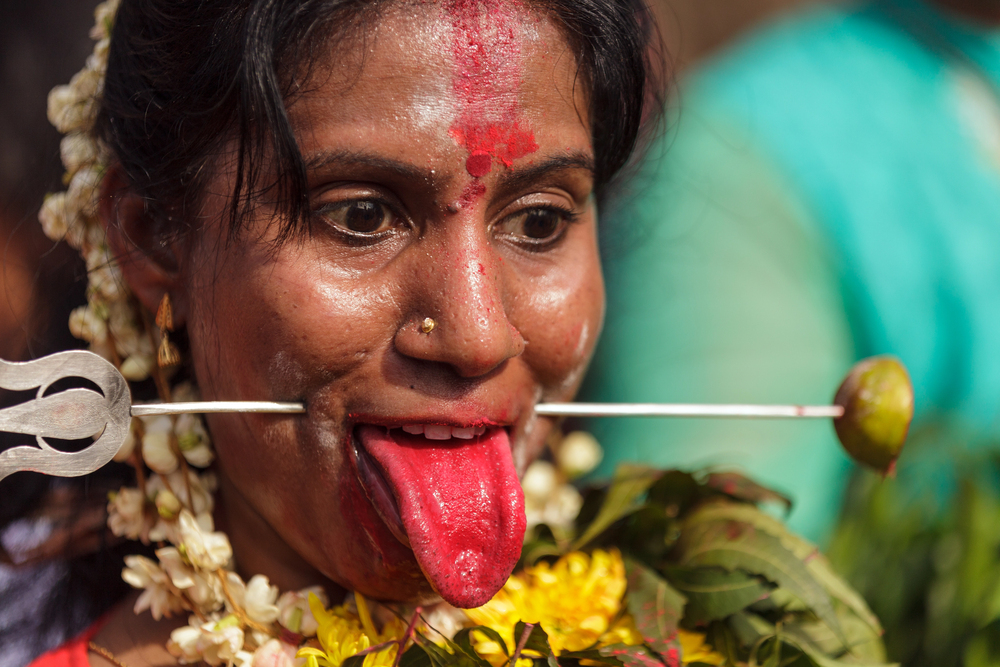
Malaysia’s Thaipusam transforms into a mesmerizing display of devotional dance every January or February. Thousands of Hindu devotees carry elaborate kavadi structures while performing rhythmic movements that blend spirituality with physical endurance. The festival centers around Batu Caves near Kuala Lumpur, where dancers move in trance-like states for miles. These aren’t typical dance moves — they’re acts of faith that create an almost hypnotic atmosphere as participants sway and step to ancient rhythms.
Ultra Music Festival Korea
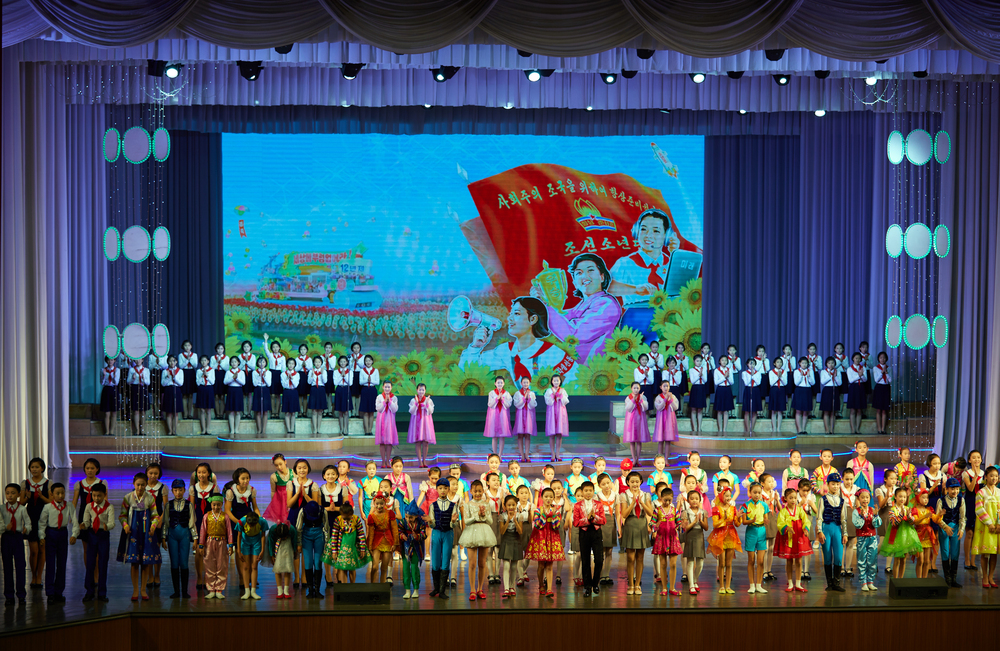
Seoul’s electronic dance music scene explodes every June during Ultra Korea at Olympic Park. The festival brings world-class DJs and produces some of the most spectacular light shows in Asia, with stages that look like they’re straight out of a sci-fi movie. Korean fans are known for their incredible energy, creating crowd waves that can be seen from the back of massive venues. The event has grown into one of Asia’s premier EDM destinations, attracting dance music lovers from across the globe.
Khon Festival
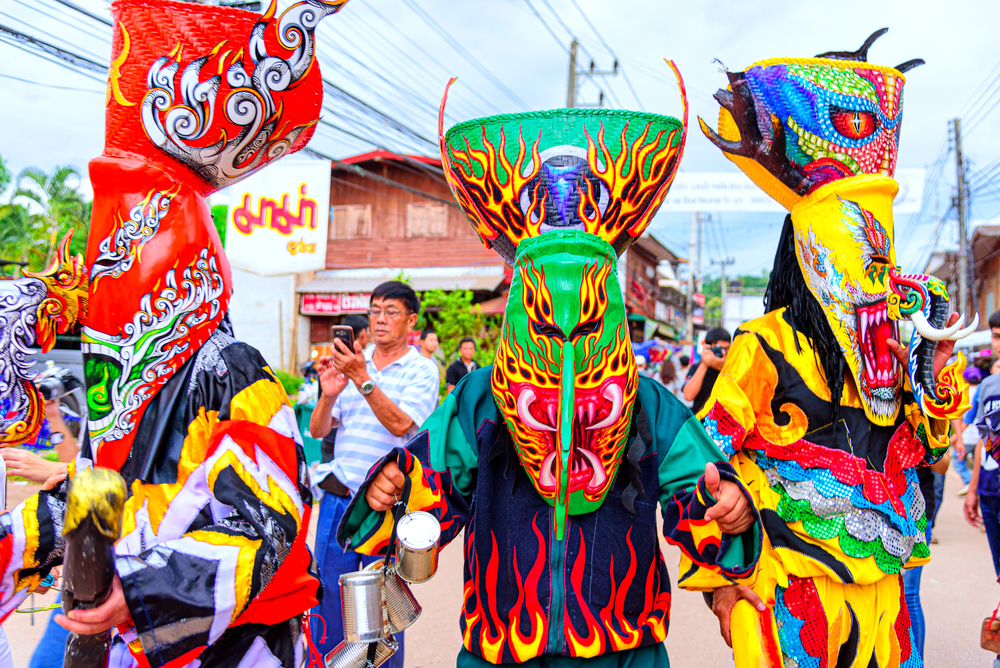
— Photo by nuwatphoto
Thailand’s Khon Festival celebrates one of the world’s most intricate masked dance forms throughout various times of the year. Performers wear elaborate masks and costumes while telling stories from the Ramakien epic through precise, almost robotic movements. The training for these dances takes years to master, and watching skilled performers is like seeing living sculptures move in perfect harmony. Bangkok’s National Theatre often hosts these performances, where every gesture carries deep cultural meaning.
ZoukOut Singapore
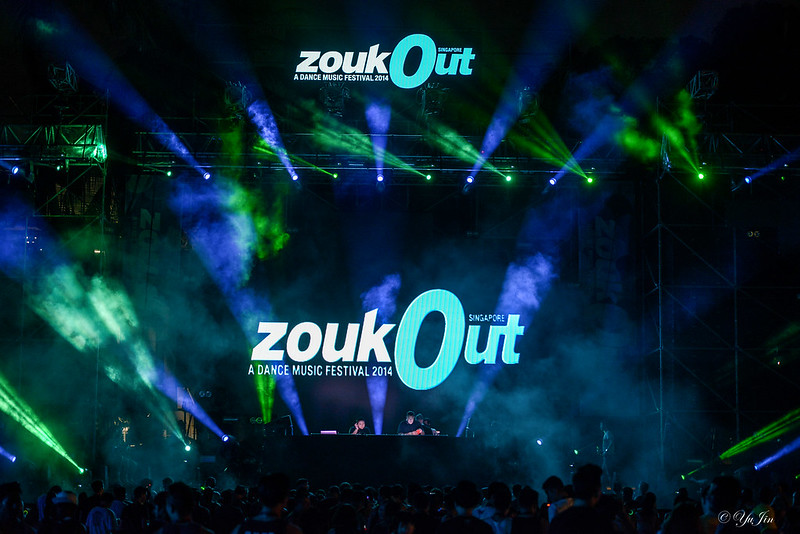
Siloso Beach transforms into an electronic paradise every December for ZoukOut, Asia’s premier beachside dance festival. The combination of ocean waves, tropical heat, and pounding bass creates an atmosphere that’s part vacation, part rave. Singapore’s strict regulations mean the event runs like clockwork, with multiple stages offering different electronic genres from house to trance. Dancing barefoot in the sand while world-renowned DJs spin beats against a backdrop of city lights makes this festival uniquely Southeast Asian.
Bali Arts Festival
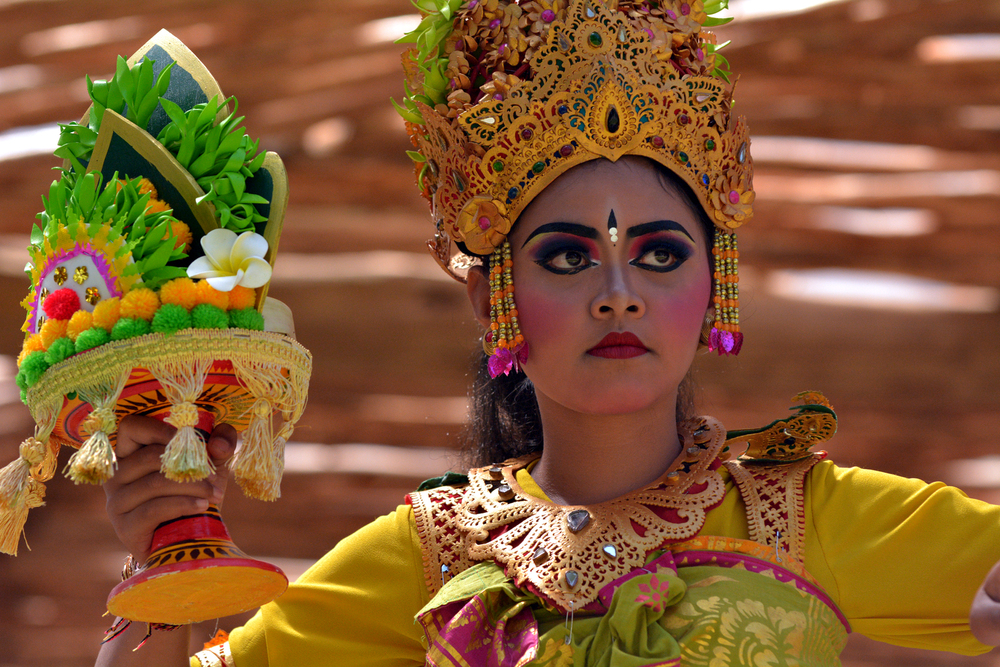
Bali’s month-long arts celebration from June to July showcases traditional Balinese dance in its most authentic form. The festival features everything from the dramatic Barong dance, where good battles evil, to the graceful Legong performed by young dancers in golden costumes. Denpasar’s art center becomes a cultural hub where you can watch different villages compete with their unique interpretations of classical dances. The intricate hand movements and expressive eyes of the dancers tell stories that have been preserved for centuries.
Rainforest World Music Festival
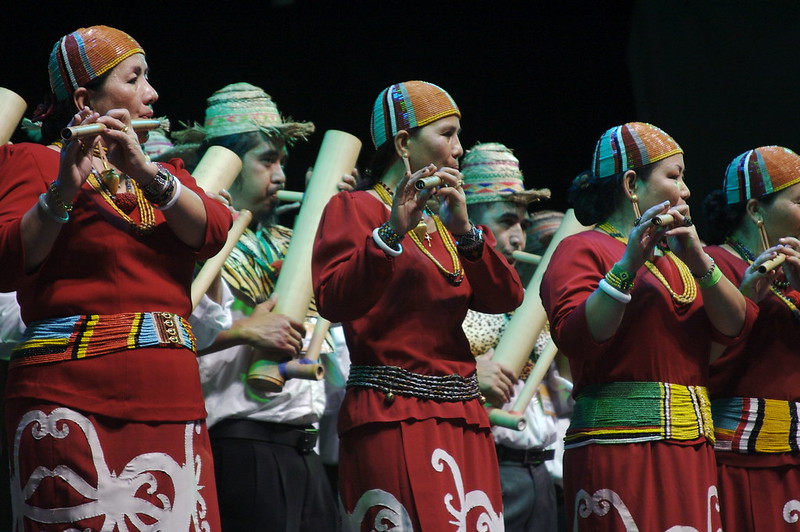
Malaysia’s Borneo hosts this unique blend of world music and dance every July in Kuching, Sarawak. Indigenous tribes from around the globe gather to share their traditional dances, creating cultural exchanges that you won’t experience anywhere else. The festival takes place in a cultural village surrounded by actual rainforest, so you’re literally dancing among the trees. Watching Dayak warriors perform alongside African drummers while tropical birds provide a natural soundtrack creates an almost magical experience.
Naadam Festival
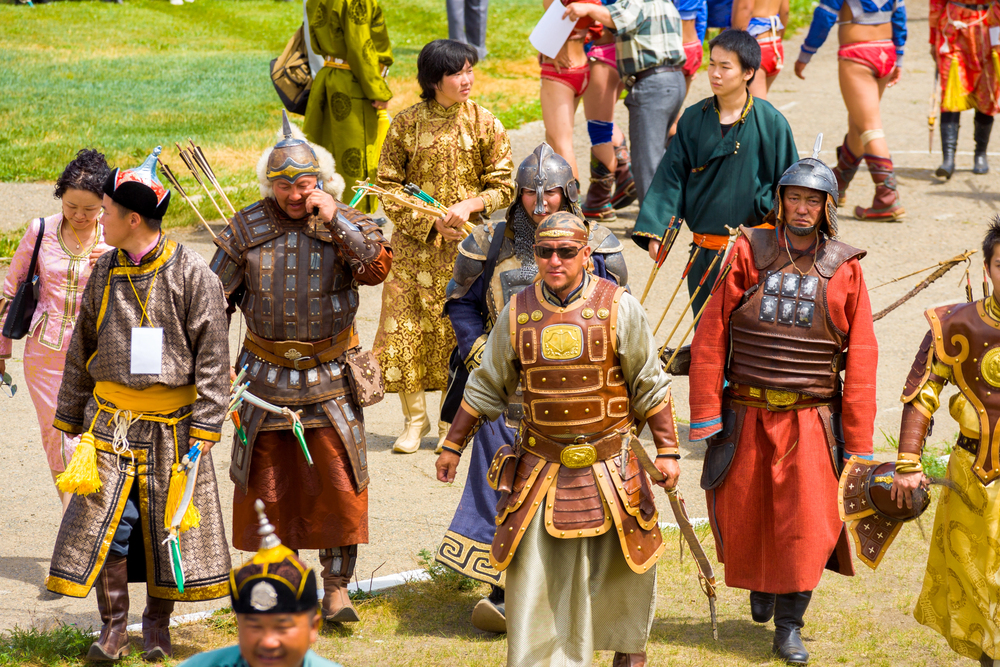
— Photo by pius99
Mongolia’s Naadam in July features traditional dancing alongside the famous ‘three manly sports’ of wrestling, archery, and horse racing. The opening ceremony includes elaborate folk dances performed in colorful traditional costumes called dels. Mongolian dance movements often mimic the flowing movements of horses and the vast steppes, creating a connection between human expression and the natural landscape. The festival happens in Ulaanbaatar’s stadium, but smaller celebrations occur across the countryside where dancing feels more intimate and authentic.
Awa Odori Festival
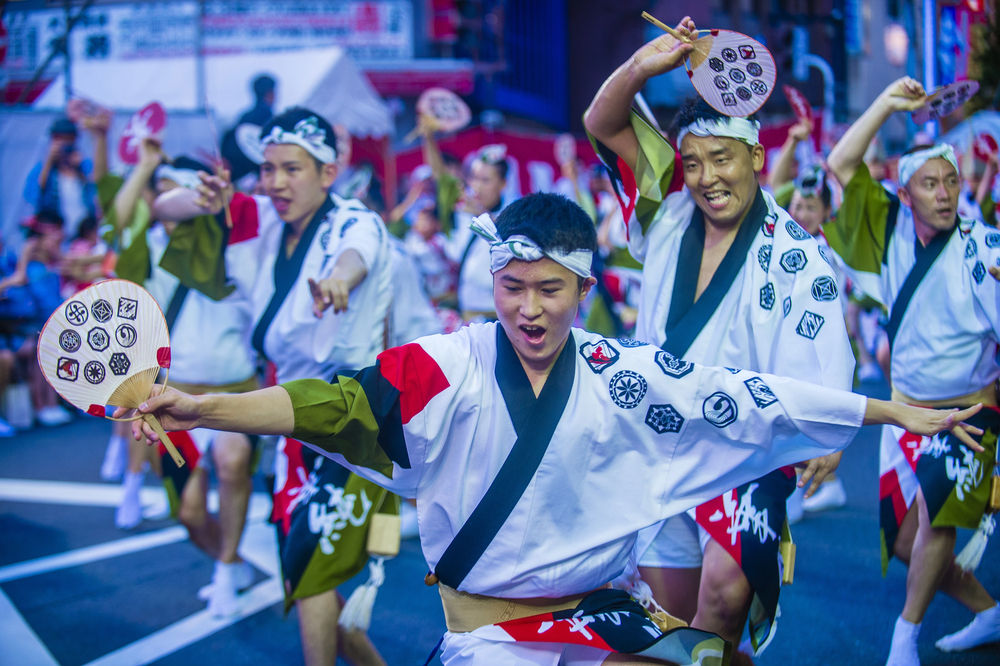
— Photo by kobbydagan
Japan’s most famous dance festival takes over Tokushima every August with a celebration that dates back 400 years. Thousands of dancers wearing traditional happi coats and straw hats move through the streets in coordinated groups called ren. The dance itself looks deceptively simple, but requires precise timing and years of practice to master the distinctive bent-knee walking style. The festival’s famous saying, ‘You’re a fool whether you dance or watch, so you might as well dance,’ captures the infectious spirit that gets everyone moving.
Hornbill Festival

— Photo by sandybisht7434.yahoo.co.in
Nagaland’s December celebration brings together all 16 Naga tribes for a week of traditional dance competitions. Each tribe performs in their distinctive costumes, with some featuring elaborate hornbill feathers and others showcasing intricate beadwork. The dances often recreate hunting scenes, harvest celebrations, and courtship rituals that have been passed down for generations. The festival happens in Kohima, where you can watch dozens of different dance styles in a single day, each representing a unique tribal culture.
World Music Festival Korea
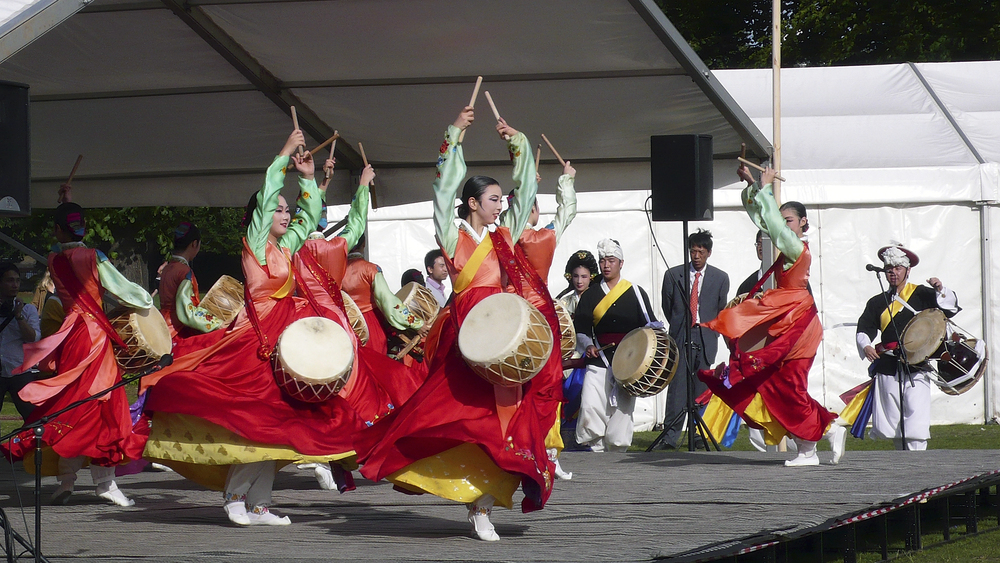
— Photo by anizza
Seoul’s World Music Festival in October creates a fusion playground where traditional Korean dance meets global influences. Performers blend classical Korean court dances with contemporary movements, creating something entirely new while respecting ancient traditions. The festival often features collaborations between Korean artists and international musicians, resulting in dance performances that bridge cultural gaps. Venues range from intimate traditional stages to modern concert halls, giving audiences multiple ways to experience the cultural mixing.
Esala Perahera
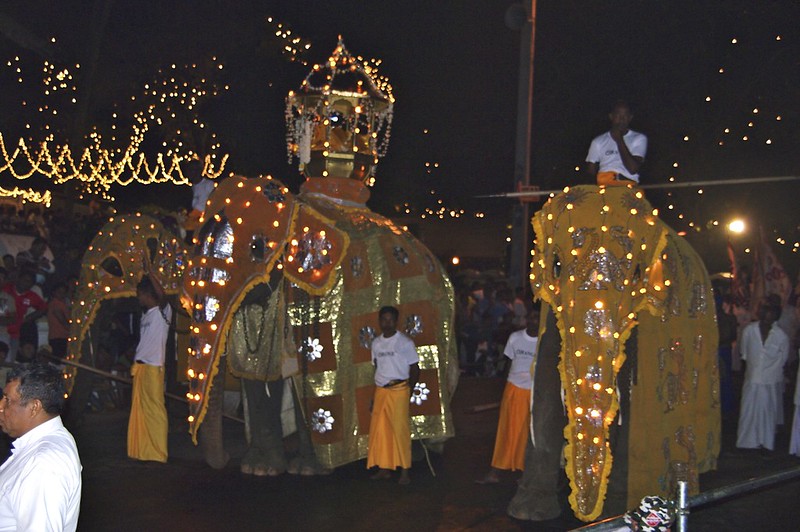
Sri Lanka’s most spectacular festival in Kandy every July or August features traditional Kandyan dancers performing alongside decorated elephants. The dancers wear elaborate costumes with silver ornaments and move with athletic precision that requires incredible stamina. These performances happen during nighttime processions lit by torches, creating a mystical atmosphere as hundreds of dancers move through ancient streets. The festival combines Buddhist religious ceremony with cultural celebration, making the dancing feel both festive and sacred.
Dragon Dance Festival
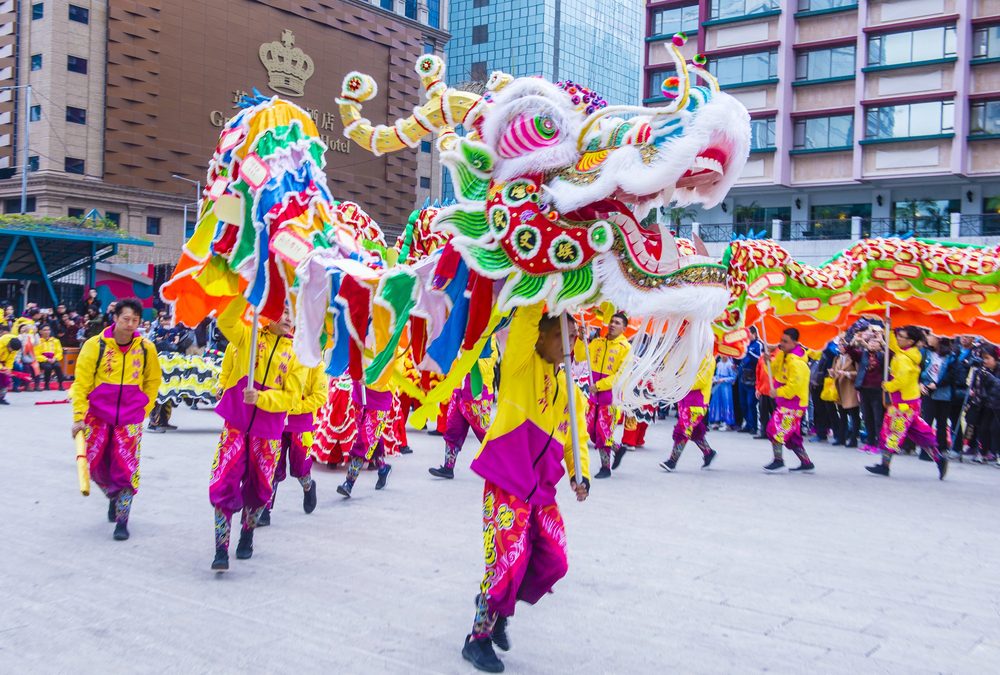
— Photo by kobbydagan
Various Chinese communities across Asia celebrate dragon dance festivals during Chinese New Year, but Hong Kong’s version stands out for its sheer scale and precision. Teams of 50 or more dancers manipulate massive dragon puppets through complex, choreographed routines that require months of training. The dancing involves incredible physical coordination as performers must move as one organism while hidden under colorful silk fabric. These festivals happen in multiple locations, but Victoria Park in Hong Kong often hosts some of the most competitive and spectacular performances.
Boryeong Mud Festival
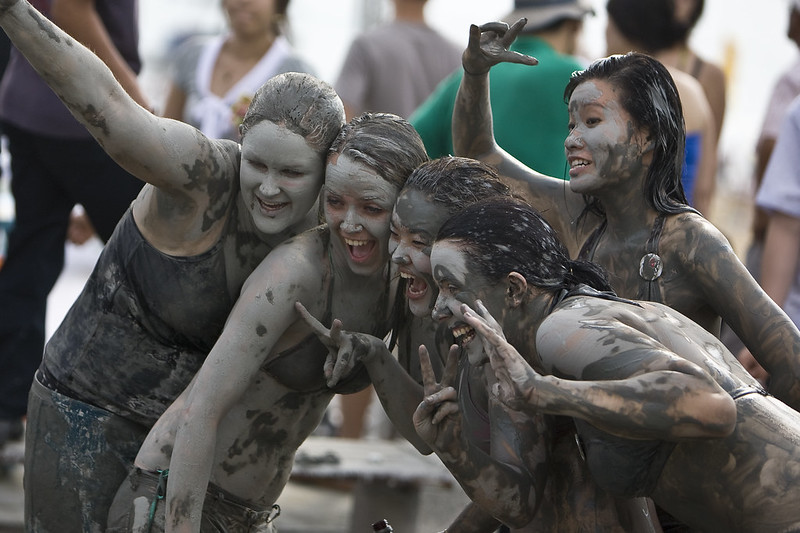
South Korea’s July mud festival in Boryeong has evolved into a massive dance party where thousands of people covered in mineral-rich mud move to electronic beats. The festival started as a way to promote local cosmetic products, but turned into one of Asia’s wildest dance celebrations. Dancing while covered in mud creates a uniquely liberating experience that breaks down social barriers and gets everyone laughing. The beach setting combined with the absurdity of mud-covered dancers makes this festival unlike anything else in the region.
Panguni Uthiram
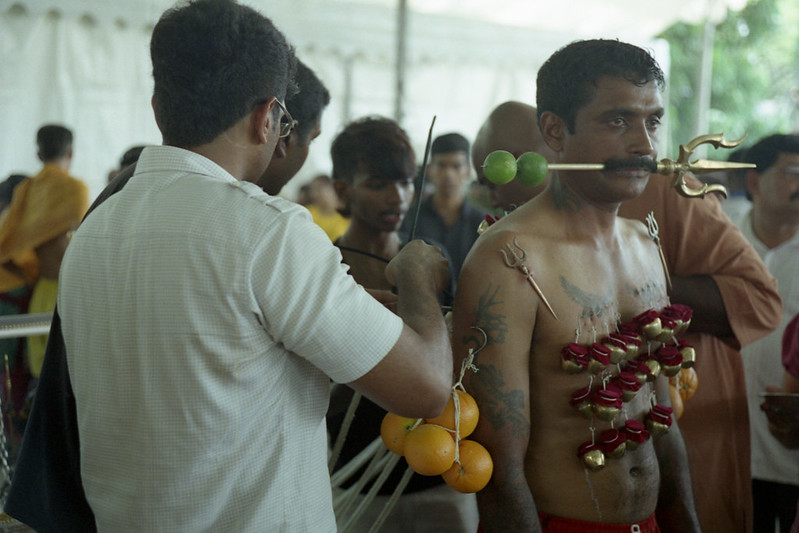
Tamil communities across Asia celebrate this spring festival with elaborate dance processions honoring Hindu deities. Singapore’s Little India becomes particularly vibrant during this celebration, with devotees performing folk dances while carrying ceremonial items. The dances often involve spinning and rhythmic stepping that creates a meditative state for both performers and observers. These celebrations happen in temple complexes and spill into surrounding streets, making entire neighborhoods pulse with traditional rhythms.
Loy Krathong Lantern Festival
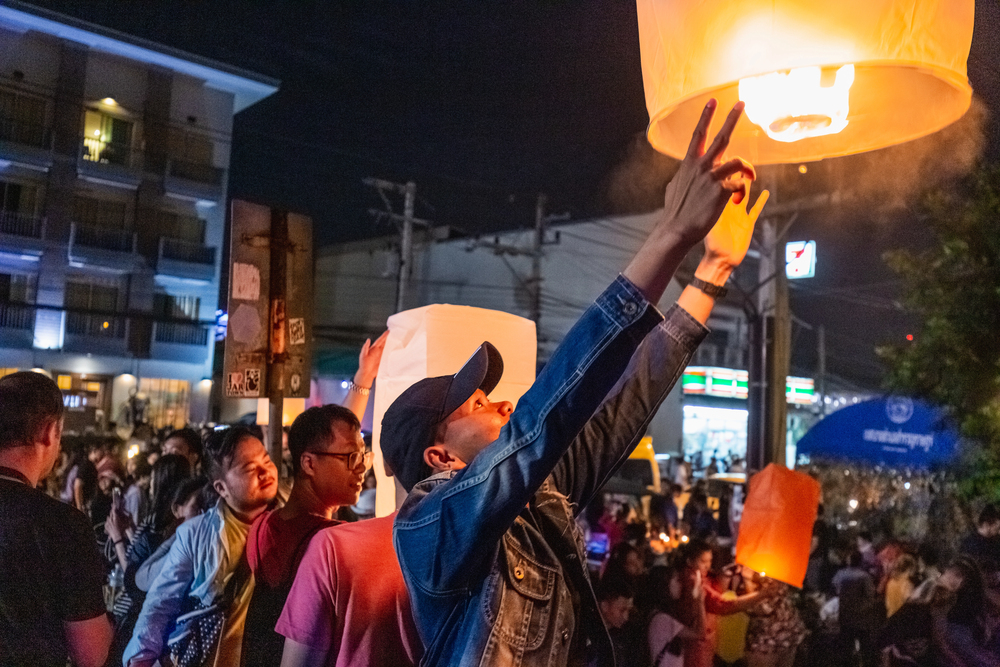
— Photo by RuslanKal
Thailand’s November lantern festival includes traditional Thai dance performances that accompany the floating of decorated baskets on waterways. Chiang Mai’s version combines the lantern release with cultural shows featuring classical Thai dance forms like Ram Thai. Dancers perform in traditional silk costumes while thousands of lanterns float skyward, creating a dreamlike atmosphere where movement and light blend together. The festival represents letting go of negative energy, and the graceful dance movements embody this spiritual release.
Asia’s Rhythm Continues
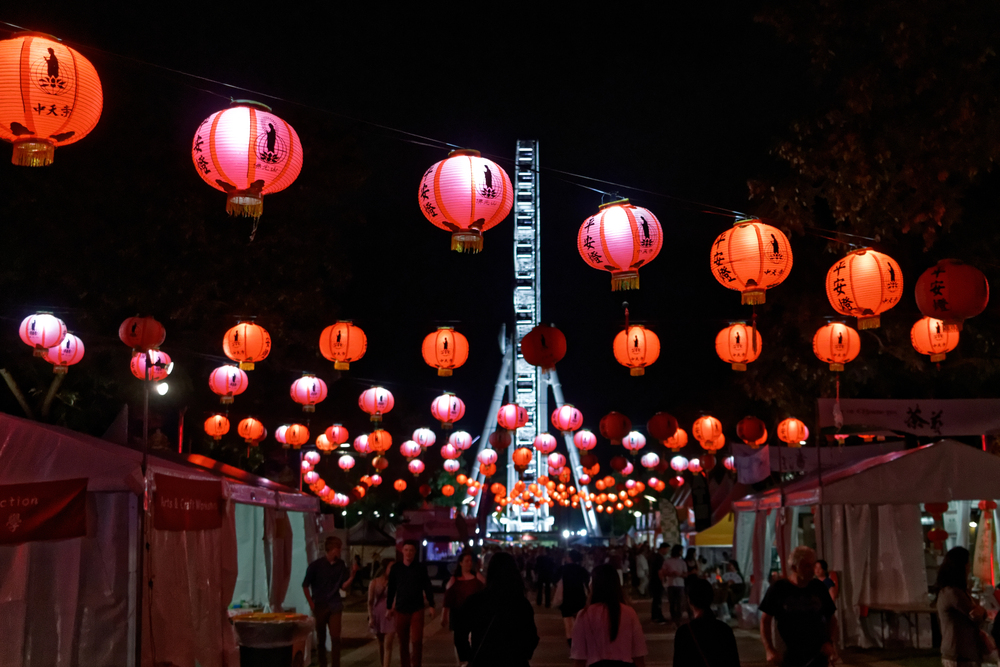
— Photo by mirekk
These festivals prove that dance remains a universal language that transcends borders and generations across Asia. While ancient temple dances preserve cultural heritage, modern electronic festivals create new traditions that speak to younger generations. The continent’s festival calendar ensures that somewhere in Asia, people are always moving to music that reflects both deep-rooted traditions and evolving contemporary culture. From the sacred to the spectacular, these celebrations remind us that dance continues to be one of humanity’s most powerful forms of expression and connection.
More from Travel Pug

- 20 Best Beach Towns in the Carolinas
- 13 Destinations Where Tourists Regularly Regret Their Trip
- 20 Things You Actually Get in First Class
- 20 Small Airports With Aviation Museums
- 20 Places in the U.S. That Are Perfect for a Reset Trip
Like Travel Pug’s content? Follow us on MSN.
